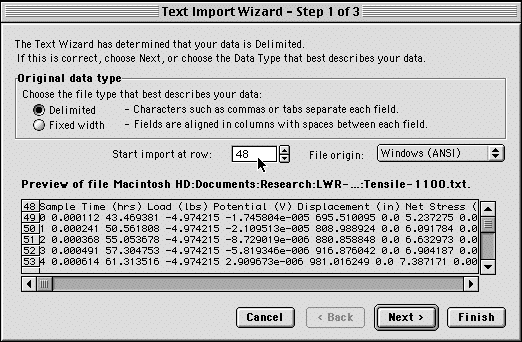
If you want to keep the original data intact, either create a copy or choose a different destination cell. If you don’t select a destination cell, it would overwrite your existing data set with the first name in the first column and last name in the adjacent column. In Step 3, select the destination cell.If you suspect that there could be double/triple consecutive spaces between the names, also select ‘Treat consecutive delimiters as one’ option. In Step 2, select ‘Space’ as the delimiter.In Step 1, make sure Delimited is selected (which is also the default selection).This will open the Convert Text to Columns Wizard.

Go to Data → Data Tools → Text to Columns.To quickly split the first name and the last name and get these in separate cells, follow the below steps: Suppose you have a dataset as shown below: Example 1 – Split Names into the First Name and Last Name Now let’s dive in and see some amazing stuff you can do with Text to Columns in Excel. To access Text to Columns, you can also use the keyboard shortcut – ALT + A + E. This wizard has three steps and takes some user inputs before splitting the text into columns (you will see how these different options can be used in examples below). This would open the Convert Text to Columns Wizard. To access Text to Columns, select the dataset and go to Data → Data Tools → Text to Columns. Example 7 – Convert Numbers with Trailing Minus Sign to negative numbers.Example 6 – Extract First five Characters of a String.Example 4 – Convert Invalid Date Formats Into Valid Date Formats.




 0 kommentar(er)
0 kommentar(er)
